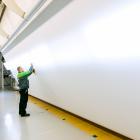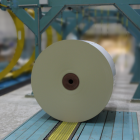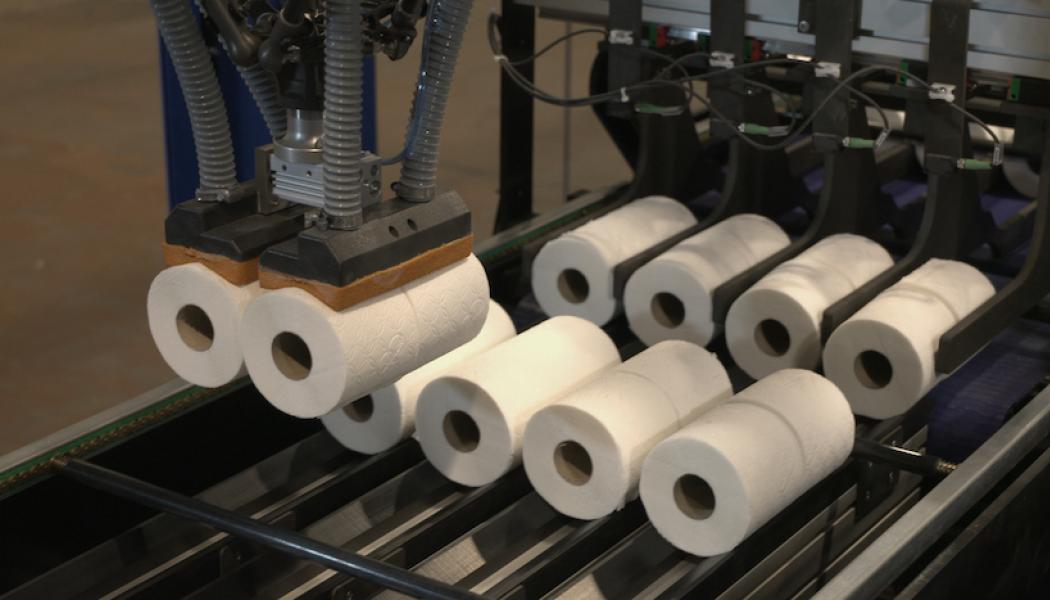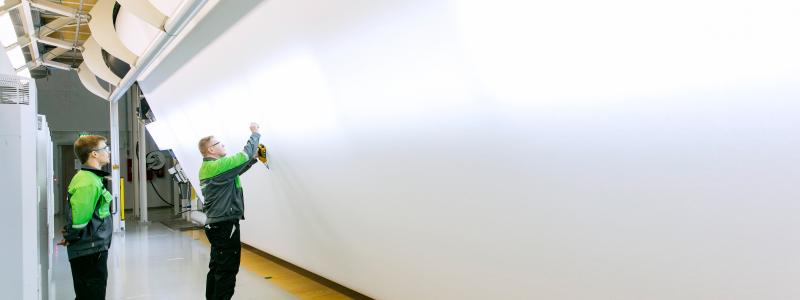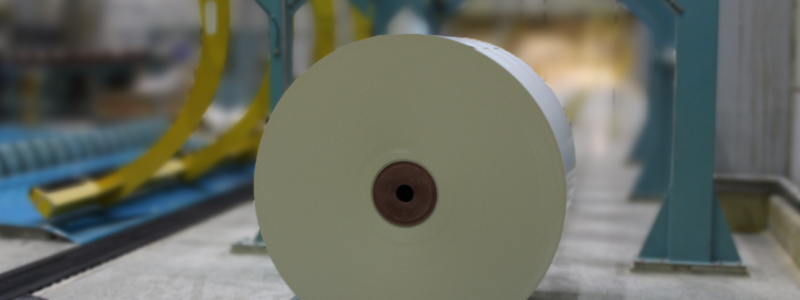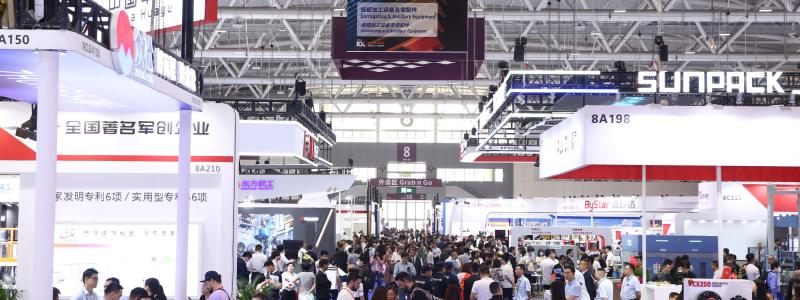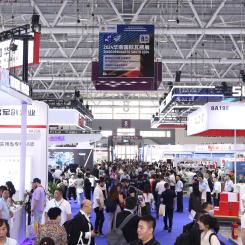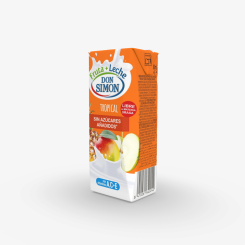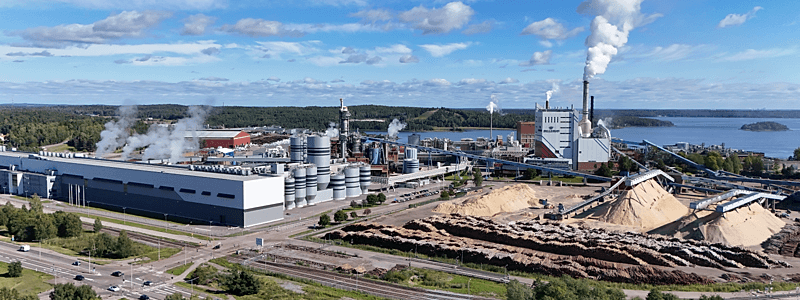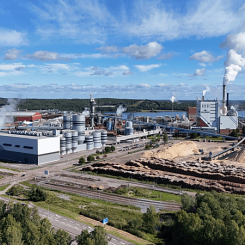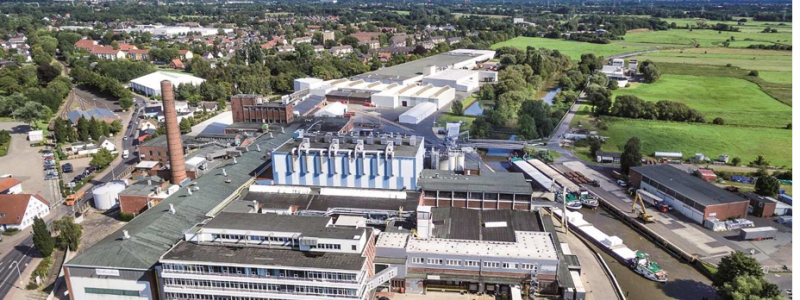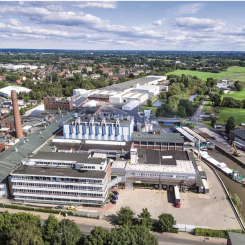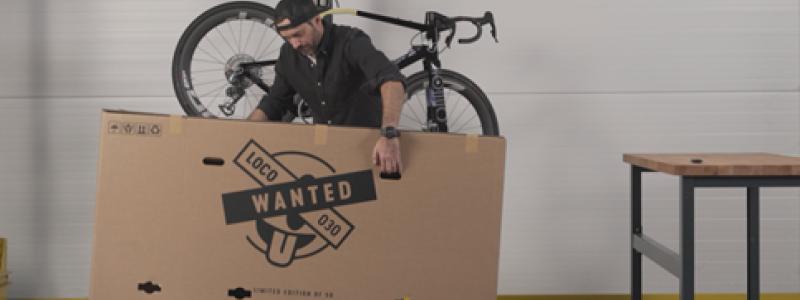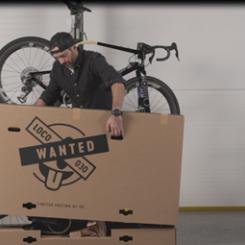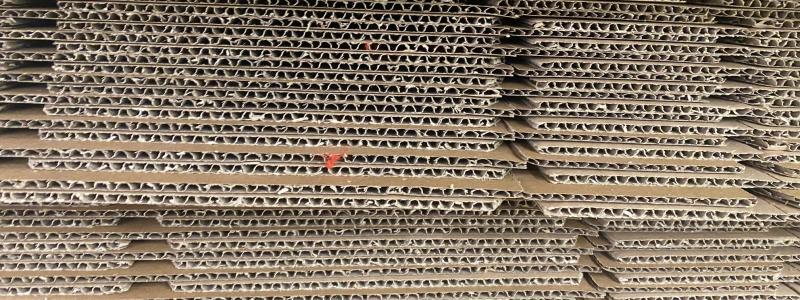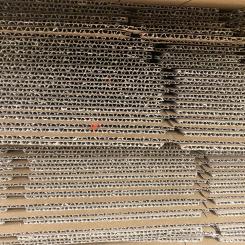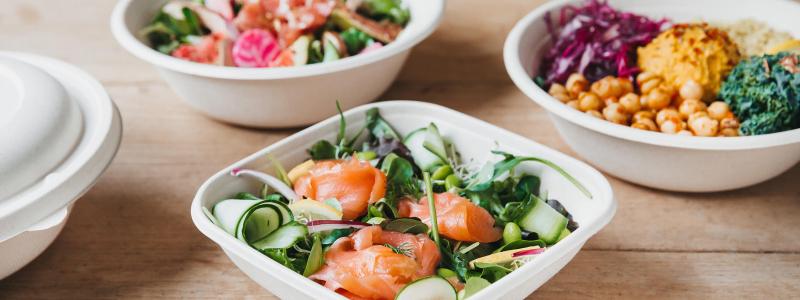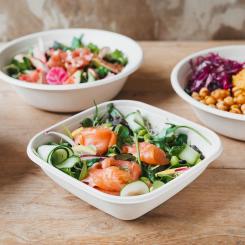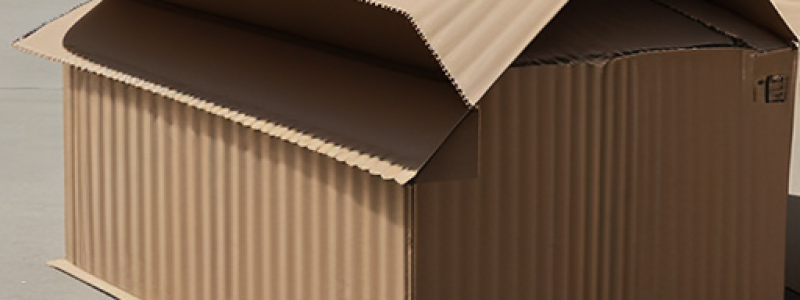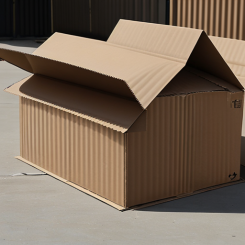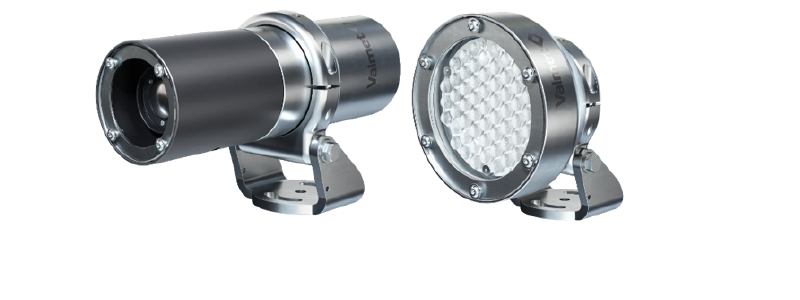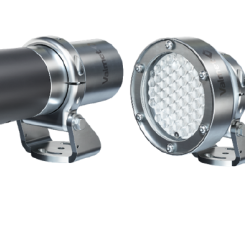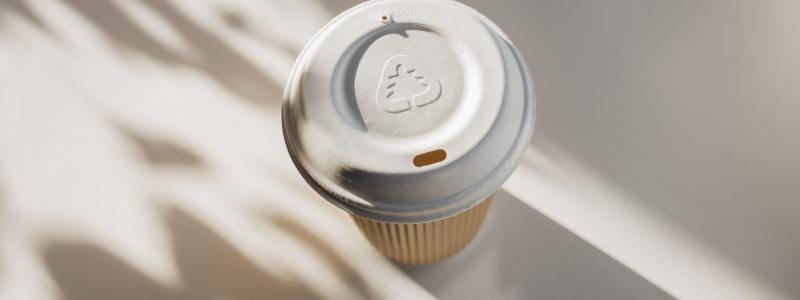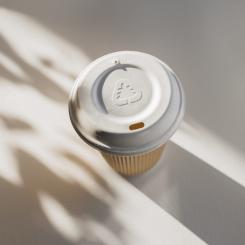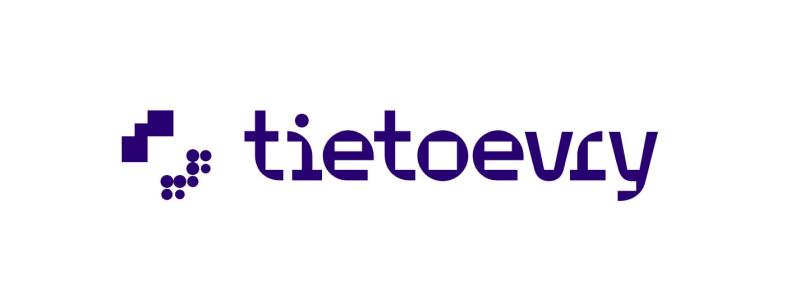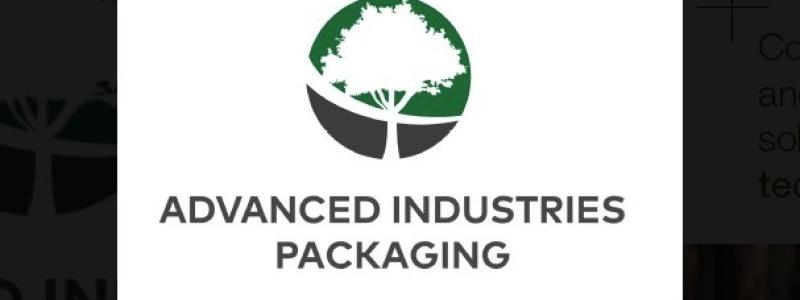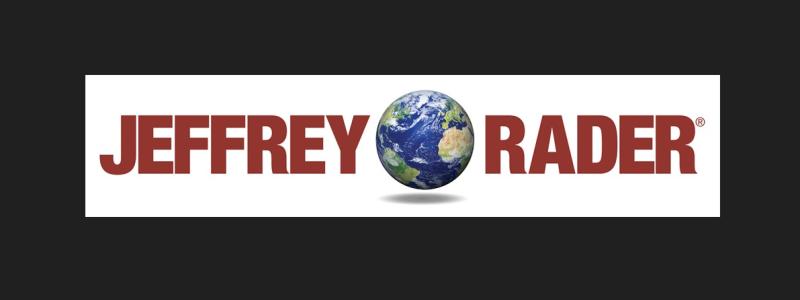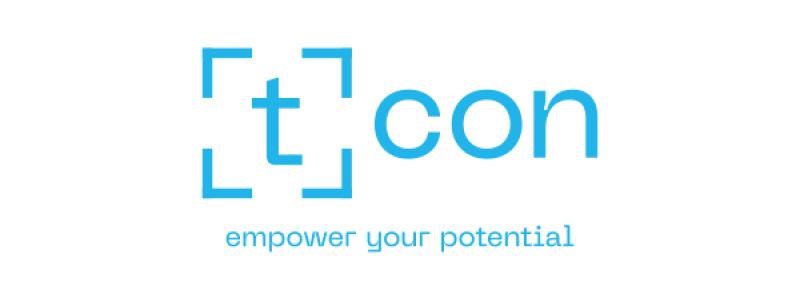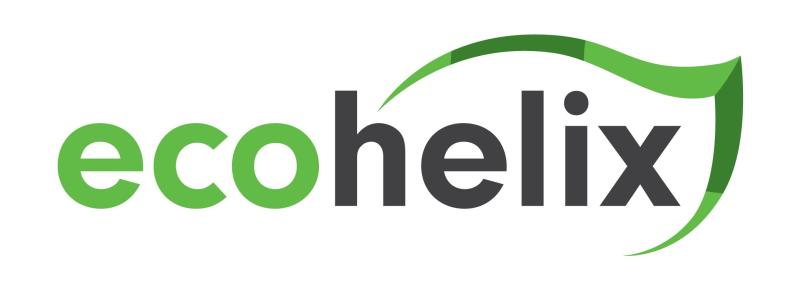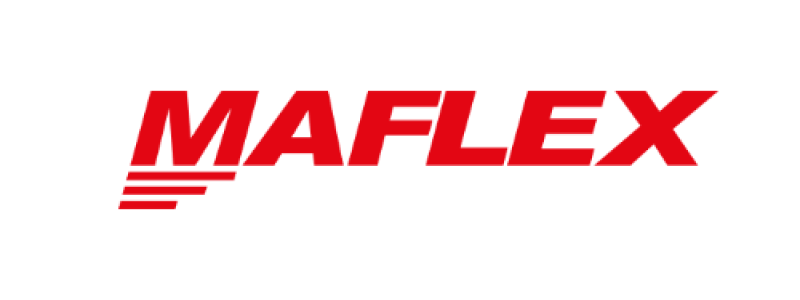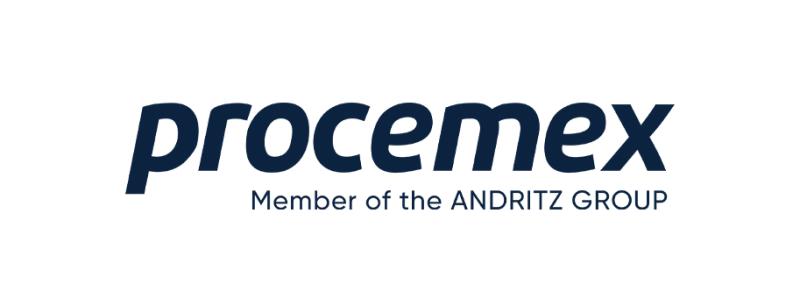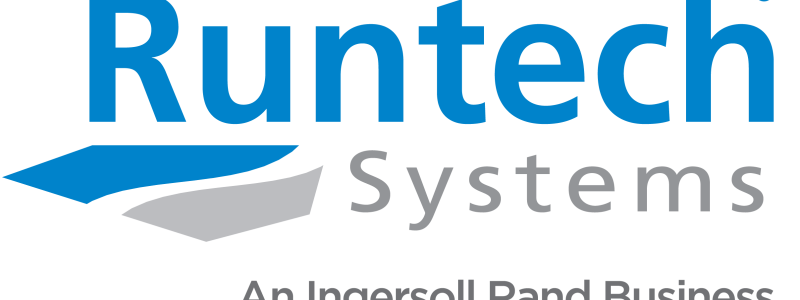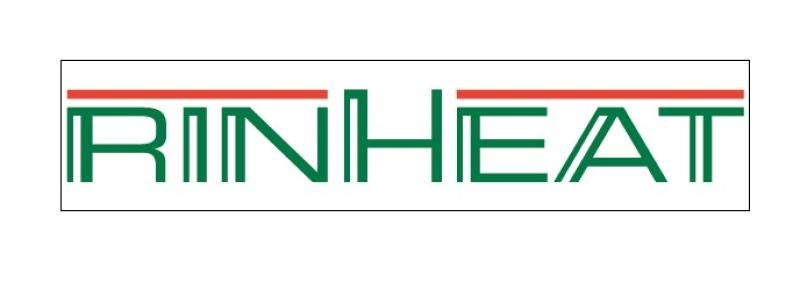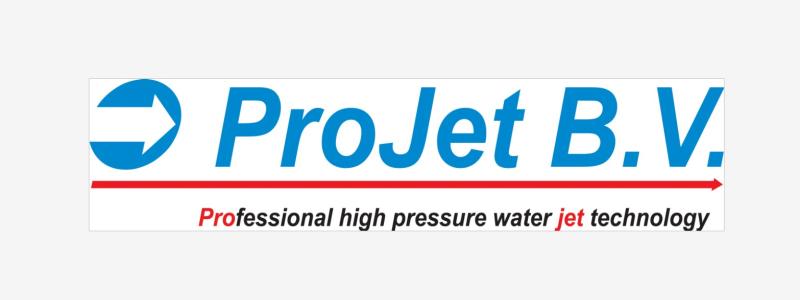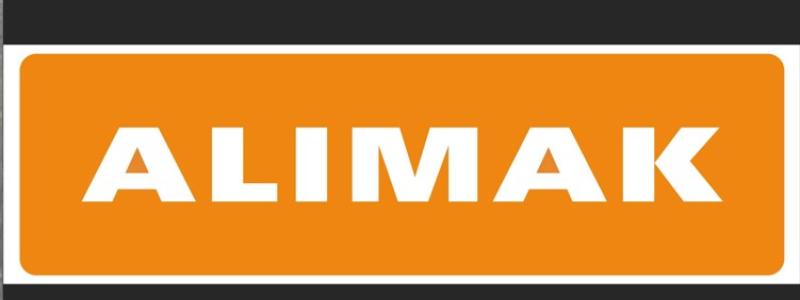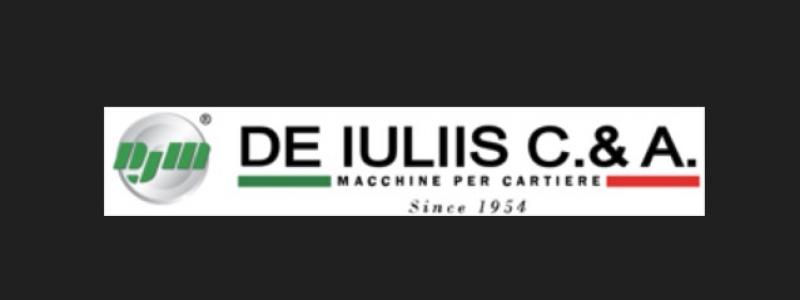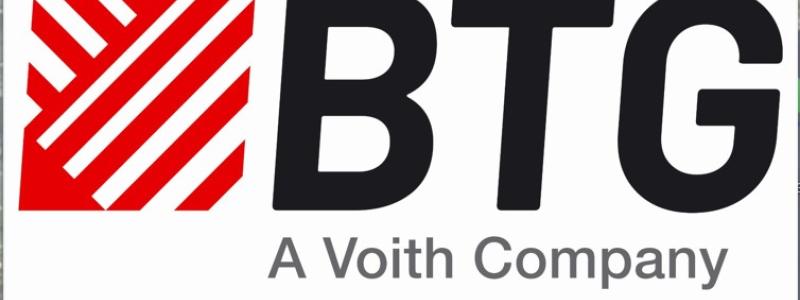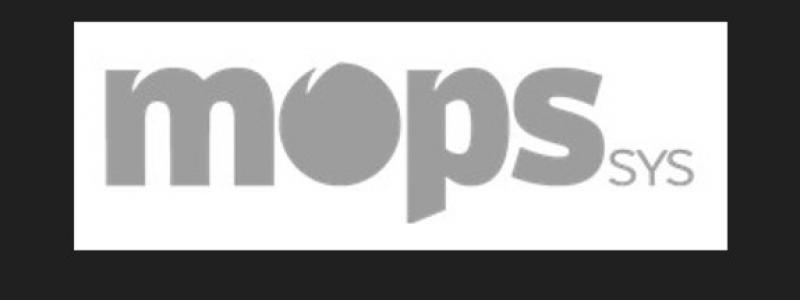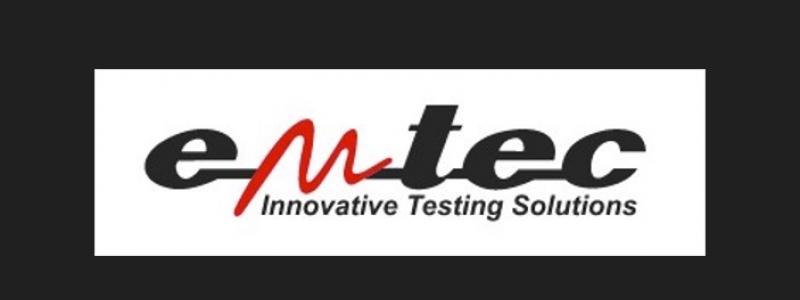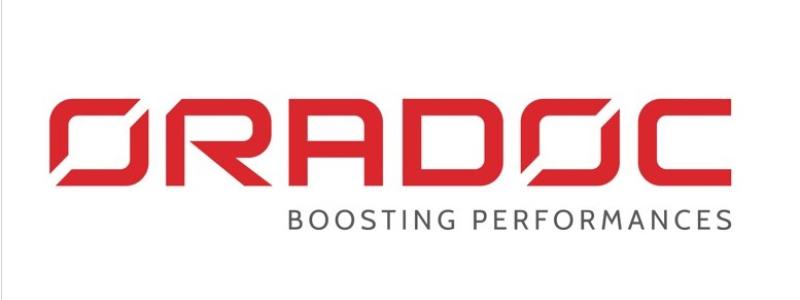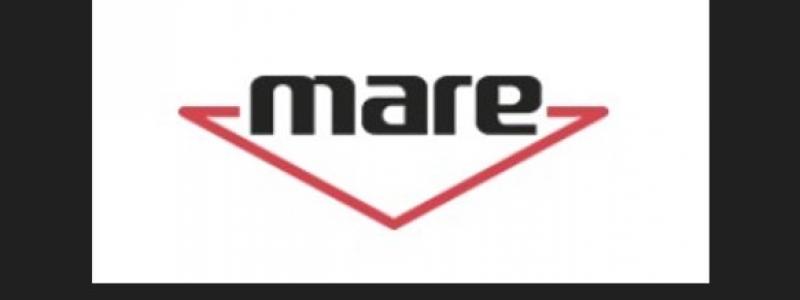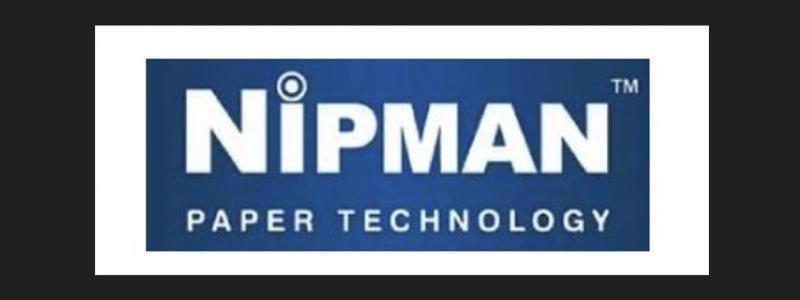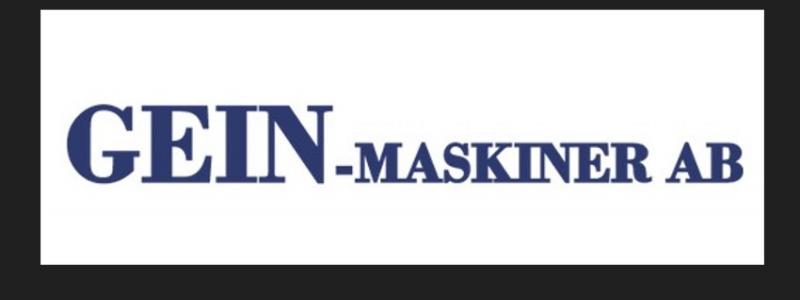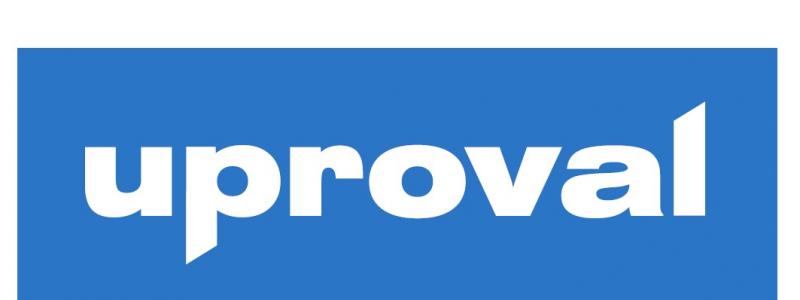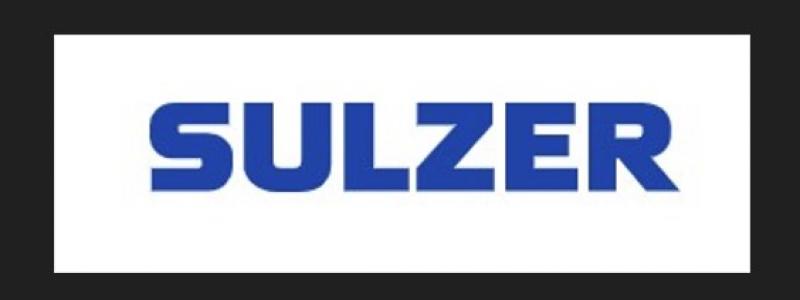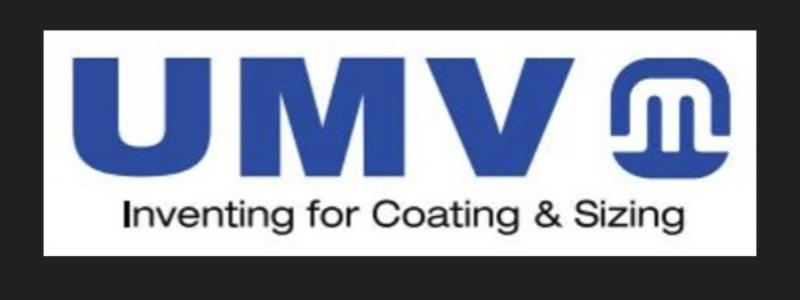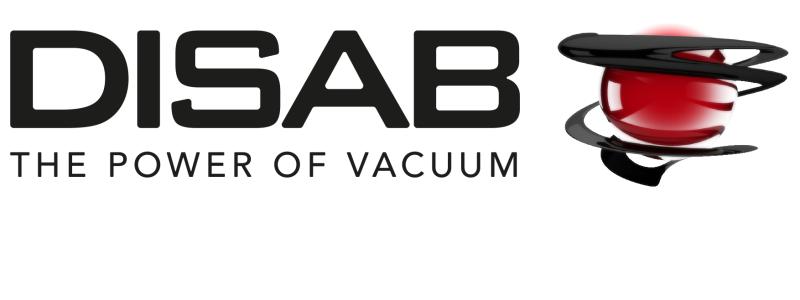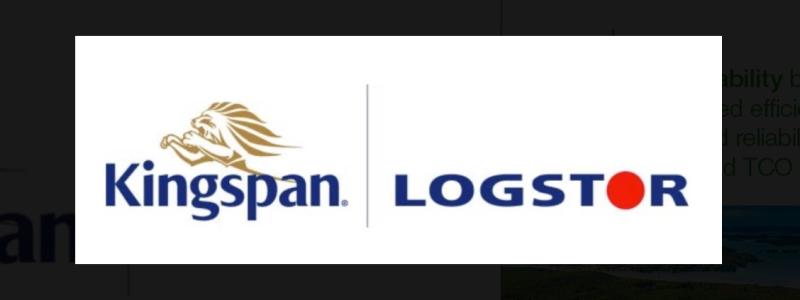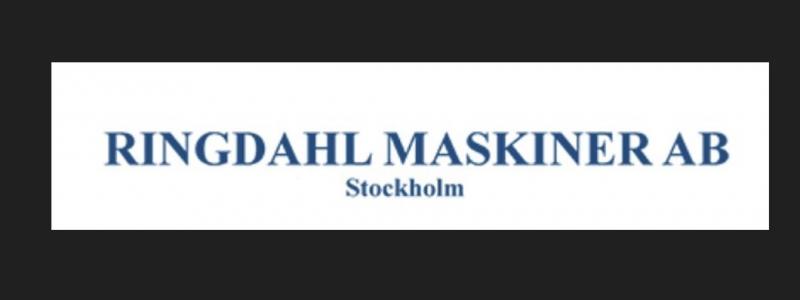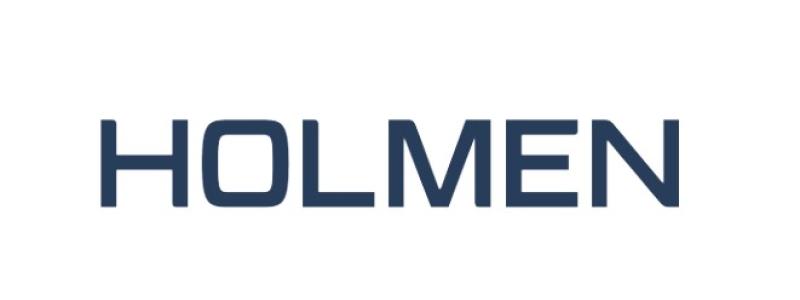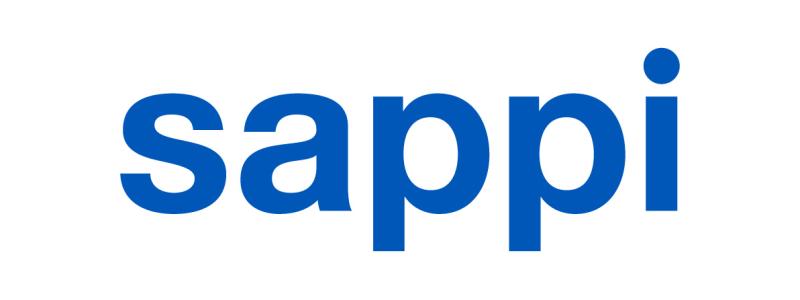Sustainable packaging factors into the buying decisions of 54% of consumers.1 Concern over environmental impact is a key driver — and consumers are putting their money behind their convictions. Approximately 70% are willing to pay more for sustainably packaged products.1 Even during the shifting buying behaviors brought about by the pandemic 54% reported being “likely/very likely” to choose products with recyclable or reusable packaging.1
Major retailers like WalMart and Amazon have responded to consumer demand by adopting sustainable packaging initiatives that have since filtered across all industries. The programs require suppliers to not only use recyclable and reusable packaging but also eliminate extraneous materials like clamshells, wire ties, and plastic bindings.2
This commitment to sustainability is a win for the planet, but where do tissue manufacturers go from here? Trends point to more kraft paper, less secondary packaging, and technological innovations such as Körber BioPack and Casmatic Zephyrus solutions.
In 2021, Körber conducted an independent study through Euromonitor International to gain a broader understanding of trends aimed at reducing and removing single-use plastic in packaging.
The study showed that reducing low-density polyethylene (LDPE) thickness is a viable way for retailers to lower single-use plastic packaging dependency and the costs associated with it. However, from an environmental perspective, this solution has limited positive impact since plastic packaging isn’t fully eliminated. The same study showed recycling LDPE is a logical option, but the collection and recycling processes are not fully efficient yet. In addition, the percentage of recycled LDPE content in packaging materials seems to be limited due to quality and machine runnability issues.
Green polymers offer retailers more choices in sustainable packaging versus LDPE options, and also more critics and skeptics. The study revealed the chemistry behind green polymer technology, which currently inhibits mass use since the process is extremely expensive and its value is difficult for end-consumers to easily comprehend.
In terms of future tissue packaging, though, recycled LDPE and green polymers are lower priorities. They both face steep challenges concerning consumer perceptions of plastic, marketability, and operational limitations.
On the other hand, the Euromonitor study showed that kraft paper packaging and bioplastics are highly prioritized sustainable packaging options. In fact, several tissue manufacturers worldwide have successfully introduced paper-wrapped toilet and paper towel tissue throughout Europe, Brazil, and Chile. Interest and implementation are on the uptick in the United States and Canada, with product launches anticipated in 2022.
Kraft paper, in particular, is poised for tissue market disruption because of its high-impact change for packaging technologies and acceptance by retailers and consumers.
Bioplastics, too, hold high packaging potential due to sustainability merits and ready implementation for tissue brands. Cost and operational limitations remain obstacles for bioplastics to overcome, but time and innovations will likely alleviate concerns.
Getting ahead of tissue packaging trends with Körber innovations
By paying attention to emerging trends and leaning into the packaging space worldwide, Körber anticipated the need for sustainable packaging materials and methods.
However, we didn’t stop there. We created two versatile solutions to help all tissue manufacturers transition toilet tissue and other tissue product packaging to earth- and consumer-friendly options.
BioPack is a technical modification created for primary packaging wrappers to run paper packaging, and wrap packs in 100% eco-friendly material. BioPack guarantees consistent high speed and quality standards as it:
Installs in new or used machines
Works with all machine formats
Runs any type of paper (virgin or recycled) with laminated, extruded, or glued biomaterial
Uses traditional sealing systems
Casmatic Zephyrus is ushering in the new era of sustainable and e-commerce packaging. The flexible, modular tissue product packaging machine:
Uses delta robots to process different product and box formats
Easily integrates into existing packaging lines to construct cartons, pick and place tissue products, and seal full boxes
Provides full, bypass, and mix options so manufacturers can choose to pack all the product made by the converting line, product that is packaged by a traditional wrapper, or both
Offers ease of roll handling for e-commerce, and better product protection
Largely eliminates secondary packaging and boxes are made out of 100% recycled materials
Körber innovation gives tissue manufacturers a number of practical ways to meet the packaging sustainability demands of consumers and the planet. Contact the Körber team to explore current packaging trends and how BioPack and Casmatic Zephyrus helps you meet tomorrow’s needs today.
Written by Claudio Muñoz

